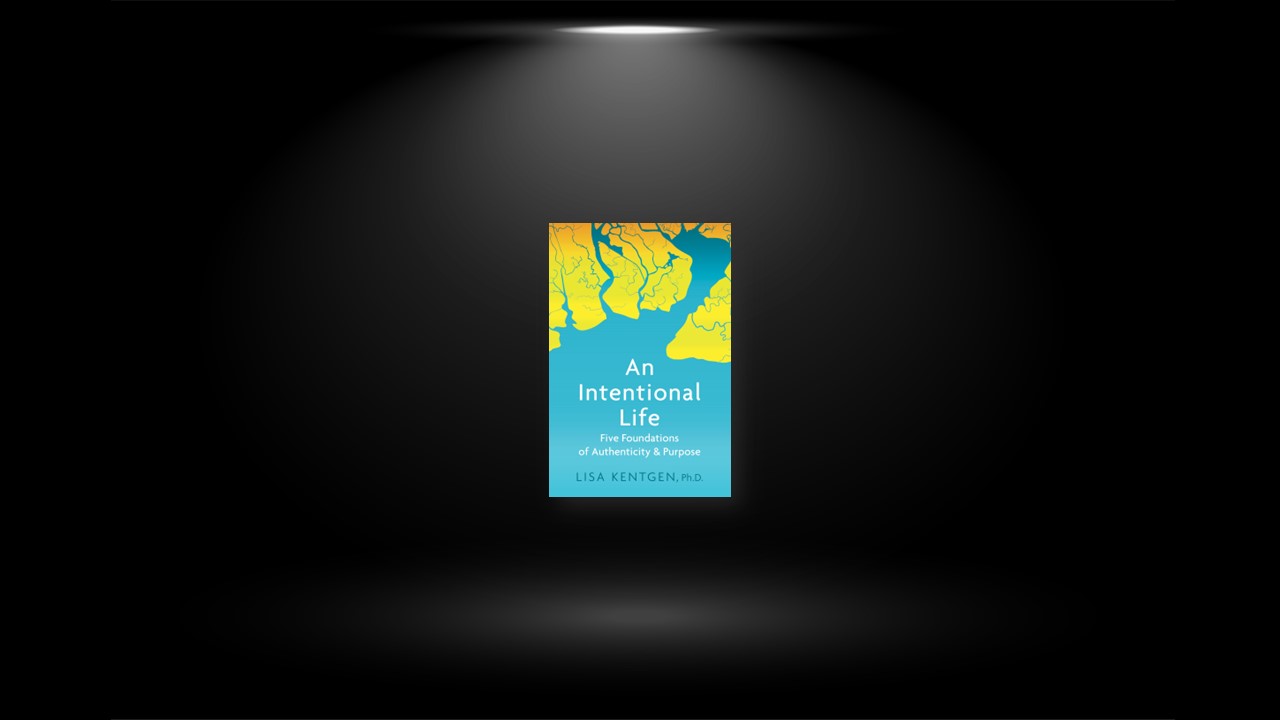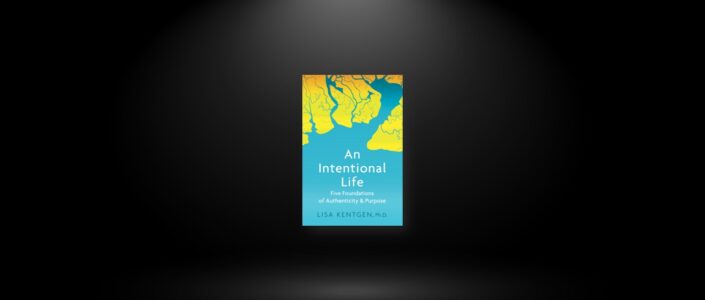Foundation #1 What Matters Most and Core Values
What do you care deeply about? What moves you from within and enlivens you? What does the world most need from you? Your answers to these questions speak to what most matters to you. What are the first things that come to mind when you ask yourself what matters most—your relationships, long-term goals and aspirations, your values? To live with intention, be clear about what matters most and make time for it. This might sound obvious, but daily pressures and responsibilities make it difficult to hold what matters in the front of your awareness.
Too often we are in a state of waiting until there is more time and resources to commit to priorities. Don’t wait. Meaning doesn’t find you. You create it by prioritizing what matters. If you made a pie chart, how much time would be allotted to what you hold most dear? And of the time you spend, what percentage of that is engaged, quality time?
To prioritize what matters most to you, it helps to think about how these things personally impact you. What is it about your important relationships that you value? How do these relationships impact you and add to your life? For example, you might value your best friend because you can always be yourself around her. Or your child evokes feelings of tenderness and an intimacy you never before experienced. Your career may be what matters most because it challenges you and you feel valued for your talents. You love running because it is the only time you can get away from a constant stream of thoughts and relax. Maybe meditation matters most because it enables you to be more present to your life every day. Or climate change matters most because without a planet everything else that matters is moot.
Foundation #2 You Aren’t Your Thoughts ( Unless You Think You Are )
Where your thoughts go, your energy follows. Where you place your energy influences your attention, which influences your choices, actions, and your life’s direction. Intentional reflection is central to consciously shaping your life.
There are two areas of intentional practices that help train thought to serve your aspirations. The first, explored earlier on pausing and creating stillness, are the practices that help calm and center the mind. The second type of reflection practice is wise investigation. This type of reflection is consciously choosing what to train your thoughts on as you ground your mind in reflection. Wise investigation is direct reflection. It amounts to a small proportion of actual time spent in thought. Intentional, direct reflection has the quality of open, ongoing consideration with an aim to deepen and widen understanding. It is the heart of creative and generative thought.
We don’t often recognize just how noisy our thoughts are. They operate like a soundtrack in the background of the mind. While this may sound benign, they pull attention away from what is here in the present moment. Noisy thoughts interfere with the capacity to focus attention and directly reflect.
Understanding when thoughts are helpful, when they are neutral but taking up too much space, and when they are unhelpful is a core intentional practice in reflection. Practice placing awareness on the nature of your thoughts, both their quality and content, as they are occurring, in order to understand how they function for you. You are not at the mercy of your thoughts.
Foundation #3 How to Make Better Decisions
Every day you make countless choices as part of the routine management of your life. You pay bills, practice self-care, clean your home, shop, make social plans, return emails, and plan for your future. In your relationships, you negotiate who does what in the day-to-day management of living. If you have the financial means to have others help manage life’s details, you have relationships with them around how these things get done.
In modern life, you have more choice than ever before. Does so much choice put you in a better position to skillfully make decisions? Do more options create a sense of greater volition? Probably not. Having too many options can actually hamper good decision-making. Generally, the more options available, the more psychic energy it takes to choose, and the less satisfying decision-making becomes.
Many decisions are made entirely outside of conscious awareness. Even when conscious, we aren’t so good at identifying what actually influences our decision-making. As more choices are available, we are less likely to consciously make decisions. Because we are inundated with advertising and so much choice, now—maybe more than ever— it is essential to become a more intentional decision-maker. Conscious choosing requires that we learn to tune out options that are distractions.
Foundation #4 Wise Effort is the Best Kind of Action
How do you take action in ways that create the kind of life and world that you want to see? How do you act in alignment with your own interests and in collaboration with others? By practicing intention in action, your actions best reflect your core values and make you an effective actor.
Acting is a dynamic verb. While an action takes place in a circumscribed period of time, the practice of acting is fluid and continuous. It extends in time from before the action is taken to well beyond the visible results of the action. Bring your awareness to the entire continuum—doing so will positively influence the way you approach and take action.
To practice intentional acting, it is important to understand the difference between acting and doing because they are often conflated. When there is no distinction between acting and doing, unnecessary or misguided action is sometimes taken, often with a very different effect than we intended. You cannot control how the external world responds to your actions, but you can take ownership of the spirit in which you act.
In order to act with intention, it helps to distinguish intentional action as distinct from doing. In many people’s minds, they are one and the same. Here, doing is defined as action that is not conscious. We are programmed to do, to be busy, to take action regardless of whether it is even needed. Both intentional action and doing require expenditures of time and energy. Lack of discernment between the two results in chronic doing, which interferes with your ability to effectively shape your life.
Chronic doing is what happens when you have difficulty pausing and being still.
Foundation #5 The Wisdom of Making Space for What is Here
Allowing is a state loaded with possibility. It welcomes all that is happening within you—thoughts, feelings and physical sensations—as well as what is happening around you. When you allow experience to unfold you have tamed the habit of trying to control it. You let experience come to you, aligning with the external world in a more collaborative relationship. It is not that you don’t think or act, but thinking and acting do not dominate the experience. Allowing enables you to more creatively join yourself with the external world. You become part of the experience and let it impact you—just as you impact it.
An important intentional practice that lays the groundwork for allowing experience to unfold is noticing when you are disallowing. You may think that you are trying to understand experience while, in reality, you are disallowing it to be as it is. Watch your mind’s moment-to-moment interruptions of experience as they are occurring.
When you first try to practice allowing it can seem like it runs counter to the ability to be volitional. This is because allowing is unfamiliar and can be mistaken for passivity. But in reality, allowing is a vitally active stance. In fact, your capacity to reflect, make decisions, and take action is more flexible and creative when occurring in the open space of allowing—because you are in a synergistic relationship with the world around you.
While allowing does include noticing, it is more than that. It is an all-encompassing opening to experience. It is a state you naturally arrive at from practicing in the other four core areas of intention. When you arrive, notice where you have come to and volitionally join with the benefits that come with it. While allowing is not something you strive for, you can sow the seeds for the experience by an active receptivity to what is here for you right now.


